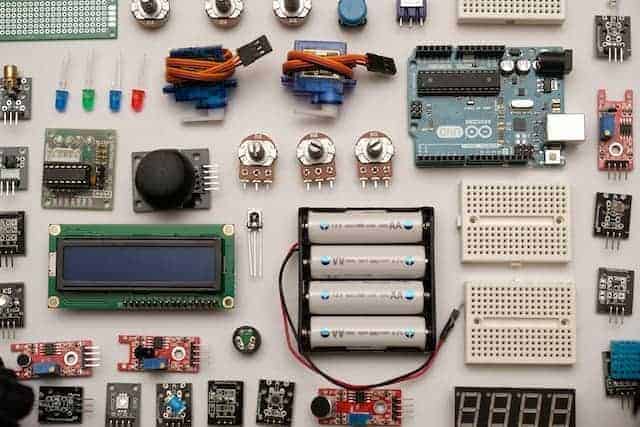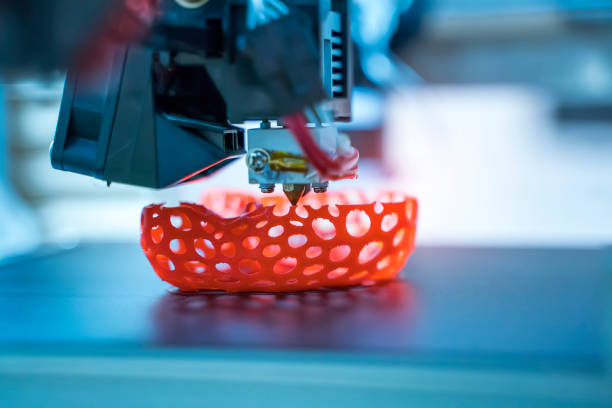Edge Computing
Edge computing is a distributed computing paradigm that brings computation and data storage closer to the devices and sensors that generate the data. This approach is gaining popularity because it enables real-time processing and analysis of large amounts of data, reduces network latency, and improves application performance.
Here are some key things you need to know about the future of edge computing:
- Growth: The edge computing market is expected to grow significantly in the coming years. According to a report by MarketsandMarkets, the global edge computing market is projected to grow from $3.6 billion in 2020 to $15.7 billion by 2025, at a compound annual growth rate of 34.1%.
- Use cases: Edge computing has many use cases across industries. For example, in healthcare, edge computing can be used to monitor patient vital signs in real-time and alert doctors if there are any anomalies. In retail, edge computing can be used to analyze customer behavior and personalize shopping experiences. In manufacturing, edge computing can be used to monitor and optimize production processes.
- Edge-to-cloud continuum: Edge computing is not a replacement for cloud computing, but rather a complementary technology. In fact, the future of computing is likely to be a continuum that spans from the edge to the cloud. Some data and applications will be processed and stored at the edge, while others will be processed and stored in the cloud.
- Security: As more data is processed and stored at the edge, security becomes a critical concern. Edge computing devices and systems need to be designed with security in mind, with features like encryption, access control, and secure boot.
- Standardization: As edge computing continues to evolve, there is a need for standardization of hardware and software interfaces. This will enable interoperability between different edge computing devices and systems, and make it easier for developers to create applications that can run on multiple edge computing platforms.
- Edge AI: Edge computing and artificial intelligence (AI) are a natural fit. Edge AI can be used to enable real-time decision-making at the edge, without the need for data to be sent to the cloud. This can be especially useful in applications like autonomous vehicles, where real-time processing and decision-making is critical.
In summary, the future of edge computing looks promising, with significant growth expected in the coming years. As edge computing continues to evolve, it is likely to become an increasingly important part of the computing landscape, working alongside cloud computing to enable real-time processing and analysis of data.
Here are some additional things you may want to know about the future of edge computing:
- 5G and Edge Computing: The deployment of 5G networks is expected to drive the growth of edge computing. 5G networks have the potential to provide faster data transfer rates, lower latency, and greater network reliability, making it possible to process and analyze data at the edge more efficiently. This could enable a range of new use cases, such as real-time remote surgery, autonomous vehicles, and augmented reality.
- Hybrid Cloud and Edge Computing: Hybrid cloud computing is the integration of public cloud and private cloud infrastructure to enable seamless data and application sharing between them. As edge computing and cloud computing become more intertwined, we are likely to see the rise of hybrid cloud and edge computing architectures that enable a seamless flow of data and computation across both domains.
- Edge-as-a-Service (EaaS): Edge computing can be expensive and complex to implement, especially for small and medium-sized businesses. Edge-as-a-Service (EaaS) is an emerging business model that provides edge computing resources as a service, similar to cloud computing. This could help to lower the barrier to entry for edge computing and make it more accessible to a wider range of organizations.
- Sustainability: Edge computing can help to reduce energy consumption and carbon emissions by reducing the need for data to be transmitted over long distances. By processing and storing data at the edge, companies can reduce the amount of data that needs to be transmitted to the cloud, which can lower energy consumption and carbon emissions associated with data transmission.
- Edge Computing Challenges: While the future of edge computing looks promising, there are also some challenges that need to be addressed. One of the biggest challenges is the lack of standardization and interoperability between different edge computing devices and systems. Another challenge is security, as edge devices can be more vulnerable to cyberattacks. Finally, there is a need for skilled personnel who can manage and operate edge computing infrastructure.
In conclusion, the future of edge computing is bright, with significant growth expected in the coming years. As edge computing continues to evolve, we are likely to see new use cases, business models, and architectures emerge, and it will become an increasingly important part of the computing landscape. However, there are also challenges that need to be addressed, and it will require collaboration across different industries and stakeholders to fully realize the potential of edge computing.







